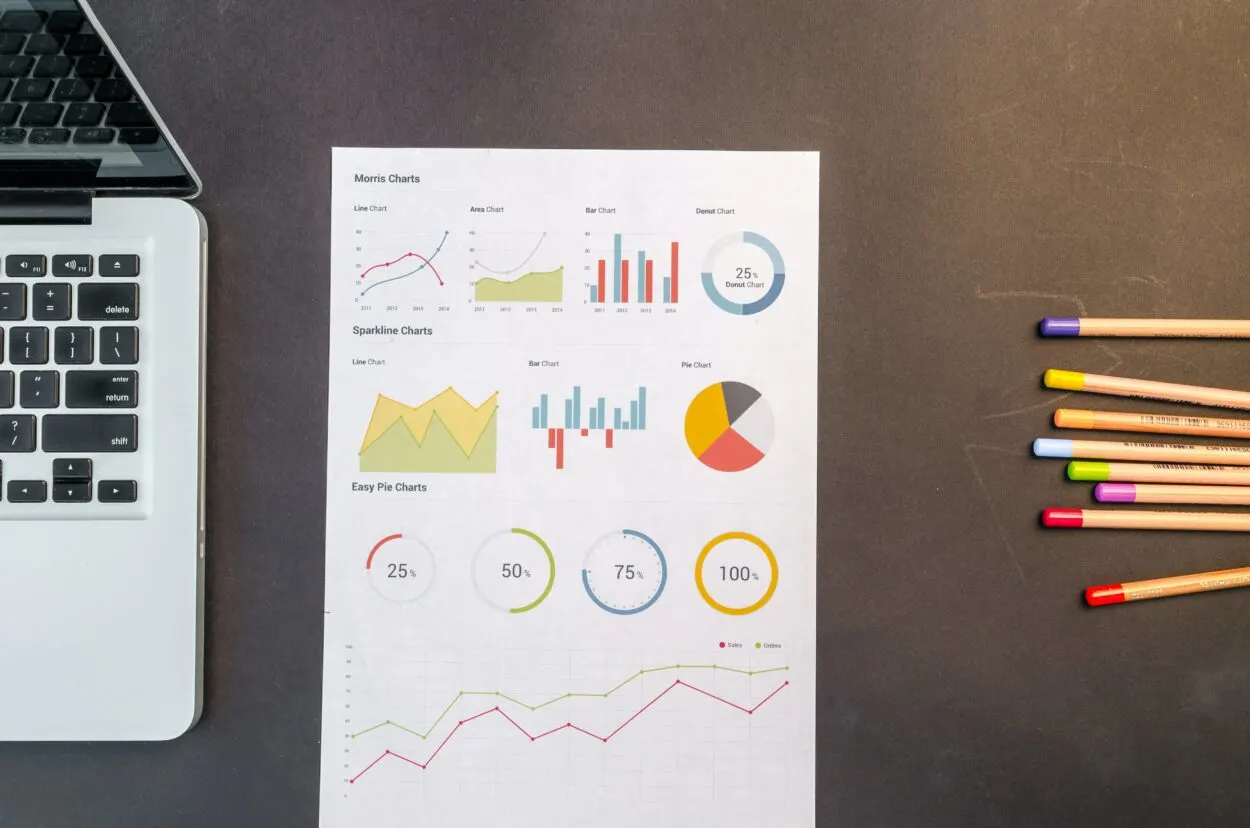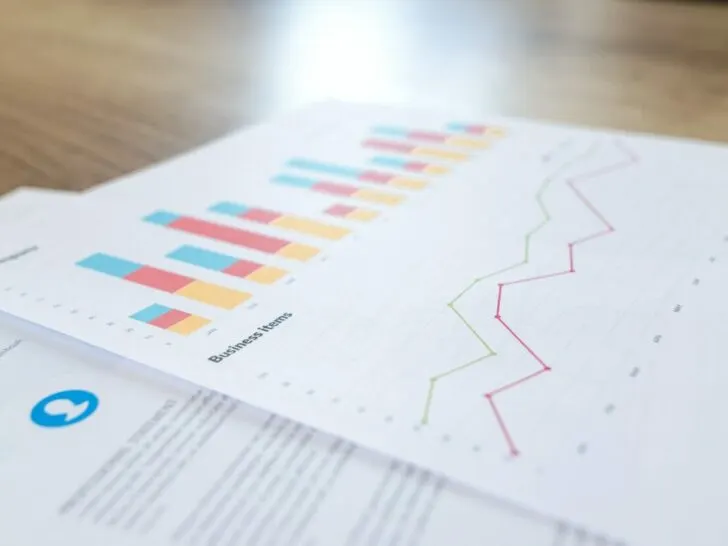Statistics is nothing without data; data becomes the defining factor for statistical outcomes. The information must be accurate, pertinent, and inclusive of all classes.
In statistics, the population is the entire group of objects from which you gather data for statistical research. In contrast, a sample is a more manageable and compact representative of a bigger group.
Please keep reading to know more about statistics, and how population and sample mean to play an integral role in statistics, along with their differences.
What Is Statistics?
A corporation has no shortage of data—information about purchases, investments, budgets, etc.
Given this data influx, it is essential to critically analyze it and apply the results as effectively as possible for the business.
The field of applied mathematics known as statistics deals with the collection, description, analysis, and interpretation of numerical data.
It is based on mathematical concepts from linear algebra and differential and integral calculus.
In order to draw reliable conclusions regarding larger groups and everyday occurrences, statisticians must use small sample size groups and observe their behavior.
Large-scale applications of mathematical statistics involve two types of data analysis:
| Types of Mathematical Statistics | Description |
| Descriptive Statistics | Using the measurements of central tendencies and the measures of dispersion, it is used to describe the data obtained and summarise the data and its attributes. |
| Inferential Statistics | From the data, it is used to draw conclusions. Inferential statistics derives conclusions by highlighting the differences between the two groups and necessitates the use of statistical tests on samples. |
Measure Of Central Tendency In Statistics
Descriptive statistics are thought to be built on measures of central tendency and dispersion.
The measure of central tendency that provides us with an indication of where data points are centered is known as the representative value for the given data.
In order to determine how the data are dispersed around this centered measure, this is done. To determine the central measures of tendency, we employ mean, median, and mode.
The various calculations of central tendency for the data are as follows:
- Arithmetic Mean
- Median
- Mode
- Geometric Mean
- Harmonic Mean
Mean, Median, And Mode In Statistics

The mean of a data set is calculated by summing all of the numbers in the set and dividing the result by the total number of observations in the data set.
The median is the value that appears in the middle data set, whether displayed in ascending or descending order.
The mode is the number that appears the most frequently in a data set and lies between the highest and lowest values. There are n observations, and we have the following:
- Mean = ¯x=∑x/n
- Median = n+1/2+12th term if n is odd.
- Median = n/2th term +(n/2+1)th term/2
- Mode = The value which occurs most frequently
What Is Mean?
In arithmetic and statistics, a mean is a single number that represents the middle point or typical value of a dataset.
The arithmetic mean, which is sometimes used to measure central tendency, is the most common method. It is frequently called the “average.”
The sample and population formulae are the two different iterations of the mean formula in mathematics. The method for numerically determining the mean remains the same in each situation.
When we talk about ‘mean’ in general, we can call it a sample mean. By mathematically averaging the values of a variable in a sample, the statistic referred to as the sample mean is produced.
The sample mean is an estimate of the expected value if the sample is taken from probability distributions with a similar predicted value.
This is how to calculate the sample mean:
Mean = ¯x=∑xn/n
What Is True Mean?

The true mean in the world of statistics is also known as a ‘population mean’. The mean or average of all values within a population is known as the population mean.
It is determined using the population’s total values, represented by the sum of X divided by the total number of population values, represented by N.
In statistics, the population is the entire group of objects from which you gather data for statistical research. It could be a collection of things, a gathering of people, etc.
Difference Between Mean And True Mean In Statistics
In statistics, the word ‘true mean’ doesn’t exist and rather is known as ‘population mean’. Thus, the distinction between the sample and population mean is ample.
For the purpose of determining the sample mean, just a small number of observations—chosen from the population data—are considered. On the other hand, the population means computes the average value by considering all of the population’s observations.
In both situations, the mean computation technique is the same; when the population is big, however, a sample mean is calculated to obtain a value that roughly represents the total population.
Calculating the sample mean is simple, but computing the population mean is laborious.
Let’s look at the comparison table below to understand their differences better.
| Competitive Factors | Sample Mean | Population Mean |
|---|---|---|
| Data Source | The population provides the sample data. | Data about the population is gathered via documents, censuses, etc. |
| Symbol | x̄ | μ |
| Calculation | Easy | Hard |
| Accuracy | Low | High |
| Standard deviation | (s) | (σ). |
| Statistical Jargon | Statistic | Parameter |
Other Related Functions In Statistics
Mode

In statistics, when referring to distribution, the term “mode” designates the location where data samples are found to be most concentrated. The characteristics of any data set in a distribution can be quickly viewed.
The simplest method for calculating and comprehending a data set’s nature is to use its mode.
Median

Whether the terms of a discrete random variable distribution are even or odd determines its median. When the number of words is odd, the phrase in the middle is valued as the median.
The number of terms with values equal to or higher than this value and the number of terms with values equal to or less than it is both the same.
Conclusion
- The sample mean and the population mean are two different averages used in statistics.
- A measurement of the central trend is called the sample mean. Using population samples or random data, the arithmetic average is calculated. It is calculated as the total number of variables divided by the sample variables.
- The population mean is the total group, distribution, or population’s determined average; it is computed by dividing the entire population of variables by the sum of all the variables in the population.
- Due to sampling mistakes, the sample mean can occasionally be inaccurate and may not accurately represent the population means. Even when the population is too big, it is not always practicable to calculate the population means.

